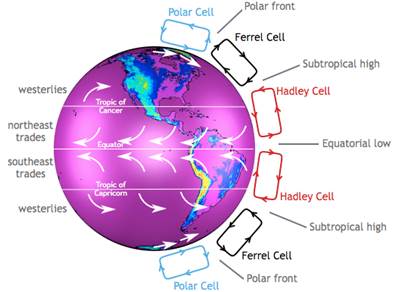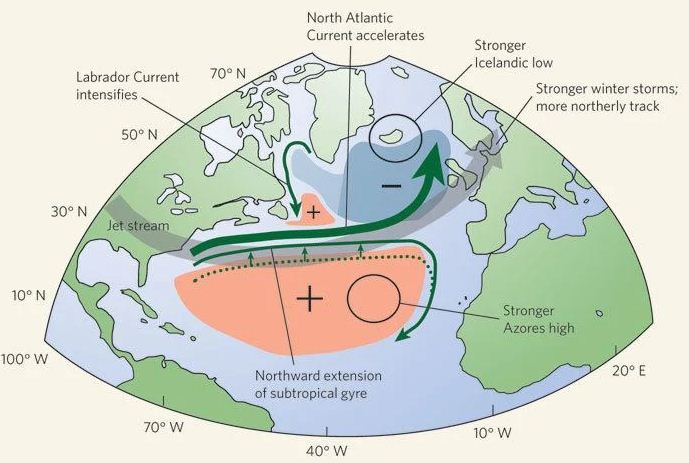Free Courses Sale ends Soon, Get It Now


Free Courses Sale ends Soon, Get It Now



Disclaimer: Copyright infringement not intended.
Context
What is Azores high?

Expansion of Azores High
Study published in Nature Geoscience.:

Implications of Azores High in the Iberian Peninsula
Final Thought
|
Iberian Peninsula The Iberian Peninsula is a peninsula in southwestern Europe, defining the westernmost edge of Eurasia. It is principally divided between Spain and Portugal, comprising most of their territory, as well as a small area of Southern France, Andorra, and Gibraltar. The Iberian Peninsula is the westernmost of the three major southern European peninsulas—the Iberian, Italian, and Balkan. It is bordered on the southeast and east by the Mediterranean Sea, and on the north, west, and southwest by the Atlantic Ocean. The Pyrenees mountains are situated along the northeast edge of the peninsula, where it adjoins the rest of Europe. Its southern tip, located in Tarifa is the southernmost point of the European continent. Southern tip is very close to the northwest coast of Africa, separated from it by the Strait of Gibraltar and the Mediterranean Sea. |
© 2024 iasgyan. All right reserved